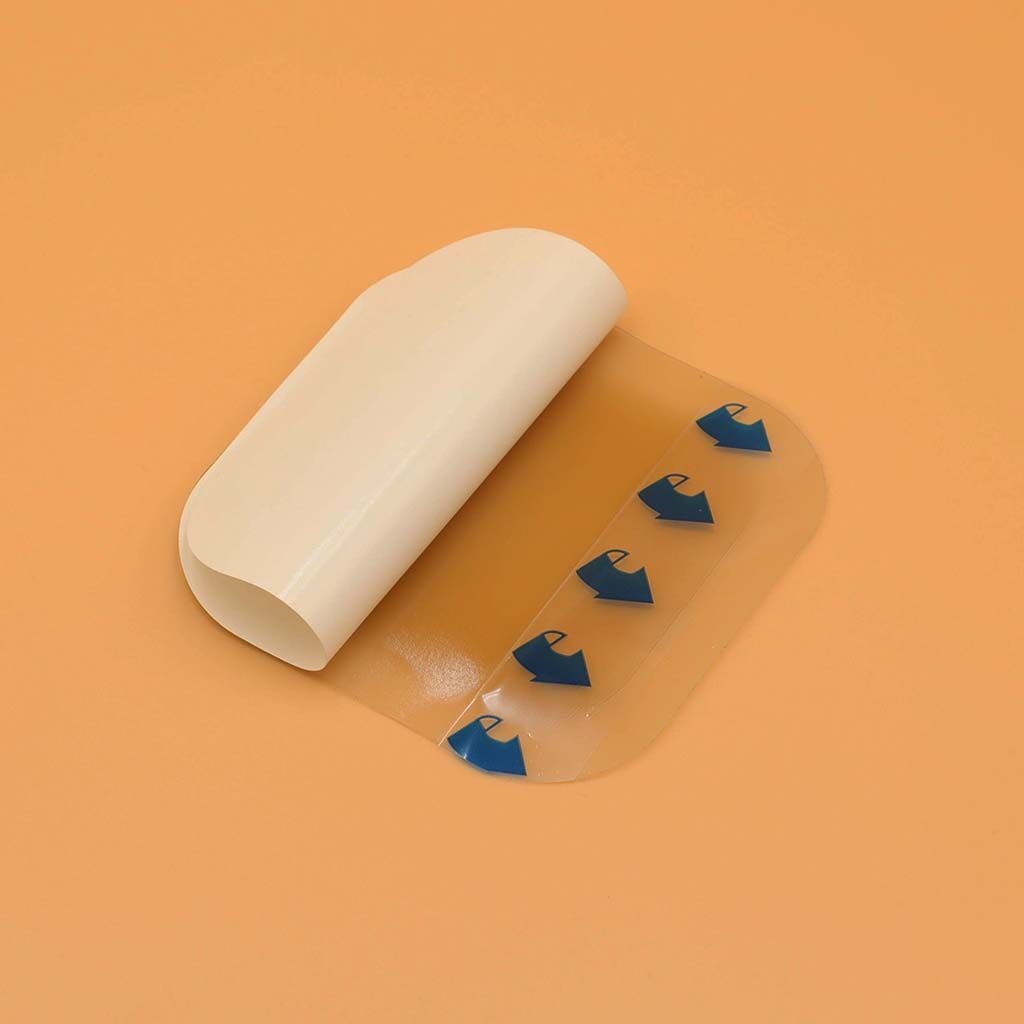Email cannot be empty
Password cannot be empty
Email format error
Email cannot be empty
Email already exists
6-20 characters(letters plus numbers only)
The password is inconsistent
Email format error
Email cannot be empty
Email does not exist
6-20 characters(letters plus numbers only)
The password is inconsistent


Role of Hydrocolloid Sheet Dressings in Wound Care
In the realm of medical advancements, few innovations have had as profound an impact on wound care as hydrocolloid sheet dressings. For individuals dealing with chronic wounds, burns, or post-surgical recovery, these dressings offer a beacon of hope for faster healing and reduced discomfort. This comprehensive guide delves into the world of hydrocolloid sheet dressings, exploring their benefits, applications, and the science behind their effectiveness. Whether you're a healthcare professional or someone seeking a deeper understanding of wound care, this article will provide valuable insights into the role of hydrocolloid sheet dressings in promoting healing.
The Science Behind hydrocolloid sheet dressings
At the heart of hydrocolloid sheet dressings lies a unique blend of science and compassion. These dressings are composed of a semi-permeable adhesive layer, a hydrocolloid layer, and a protective film. The hydrocolloid layer is the key component, containing components like gelatin, pectin, and carboxymethylcellulose, which interact with wound exudate to form a gel-like substance. This gel provides a moist environment conducive to healing, while the adhesive layer ensures the dressing stays in place without causing additional trauma to the wound.
Benefits of Hydrocolloid Sheet Dressings
The benefits of hydrocolloid sheet dressings are numerous and varied, making them a popular choice for a wide range of wound types. Some of the key benefits include:
- Moist Environment: The formation of a gel-like substance helps maintain a moist environment, which is essential for optimal wound healing.
- Pain Reduction: The moist environment can help reduce pain associated with wound dressing changes, as the dressing adheres to the gel, not the wound itself.
- Protection from Bacteria: The semi-permeable nature of the dressing allows for the exchange of oxygen and water vapor while preventing the entry of bacteria.
- Autolytic Debridement: The moist environment can facilitate the body's natural process of breaking down and removing dead tissue.
- Convenience: Hydrocolloid dressings can be left in place for an extended period, reducing the need for frequent changes.
Applications of Hydrocolloid Sheet Dressings
The versatility of hydrocolloid sheet dressings makes them suitable for a variety of wound types and scenarios:
- Chronic Wounds: For individuals with diabetic ulcers or venous stasis ulcers, these dressings can provide relief and promote healing.
- Burns: Hydrocolloid dressings can help protect burn wounds from infection and reduce the risk of scarring.
- Post-Surgical Wounds: Following surgery, these dressings can help manage wound healing and reduce the risk of infection.
- Minor Cuts and Abrasions: For everyday injuries, hydrocolloid dressings can provide a protective barrier and promote faster healing.
Choosing the Right Hydrocolloid Sheet Dressing
Selecting the appropriate hydrocolloid sheet dressing for a specific wound involves considering several factors:
- Wound Size and Type: The size and nature of the wound will determine the appropriate size and shape of the dressing.
- Adherence: Ensure the dressing adheres well to the surrounding skin without causing irritation or damage.
- Breathability: The dressing should be breathable to allow for the exchange of oxygen and moisture vapor.
- Comfort: The dressing should be comfortable and cause minimal disruption to the patient's daily activities.
The Role of Hydrocolloid Dressings in Modern Wound Care
As wound care practices evolve, hydrocolloid sheet dressings have become an integral part of the treatment process. They offer a less invasive approach to wound management, reducing the need for aggressive debridement and promoting a more natural healing process.
Challenges and Considerations
Despite their many benefits, there are challenges and considerations associated with the use of hydrocolloid sheet dressings:
- Allergic Reactions: Some individuals may be allergic to the components of the dressing, leading to skin irritation.
- Inappropriate Wound Types: Not all wounds are suitable for hydrocolloid dressings; for example, heavily exuding wounds may require a different approach.
- Cost: Hydrocolloid dressings can be more expensive than traditional dressings, which may be a consideration for some patients.
The Future of Hydrocolloid Sheet Dressings
As research continues, the future of hydrocolloid sheet dressings looks promising. Advancements in material science and a deeper understanding of wound healing processes are likely to lead to even more effective and innovative dressings.
Conclusion
Hydrocolloid sheet dressings have revolutionized the way we approach wound care, offering a gentle, effective solution for a variety of wound types. As we continue to learn more about the healing process and the needs of patients, these dressings will undoubtedly play an even more significant role in promoting faster and more comfortable healing.

